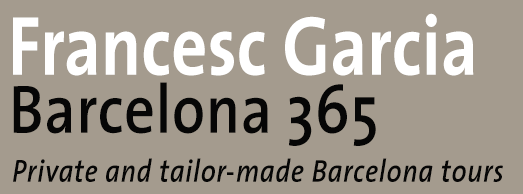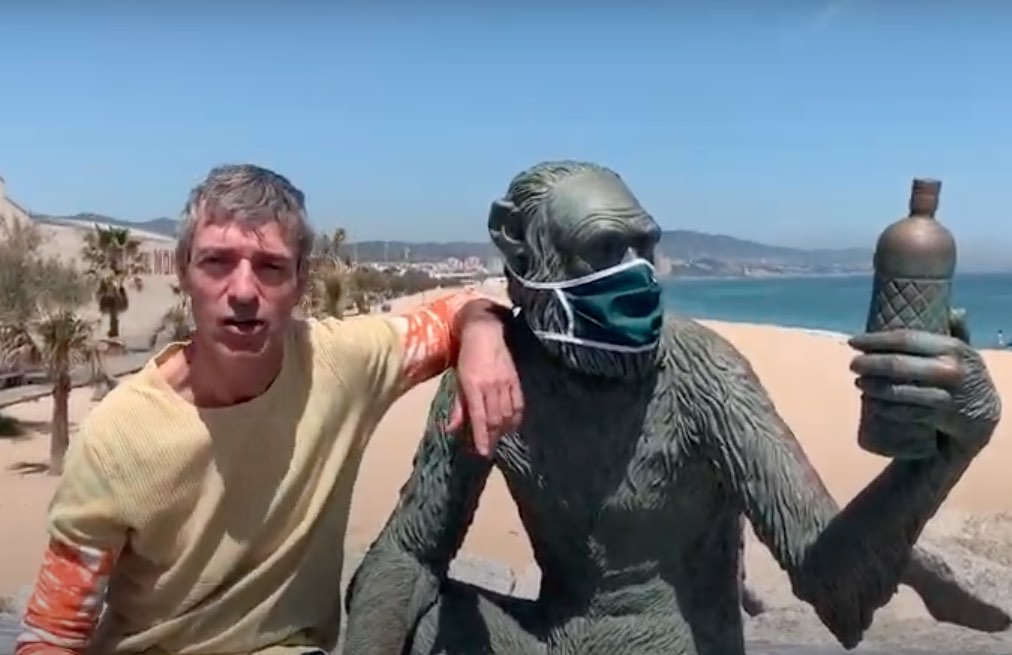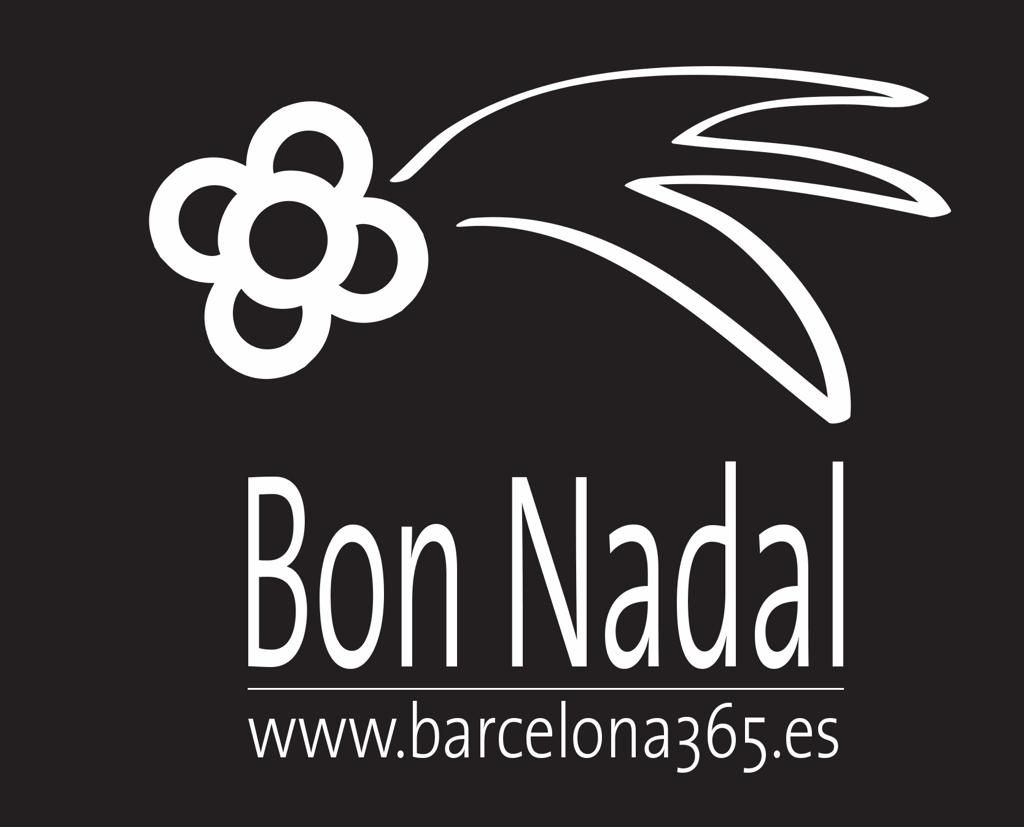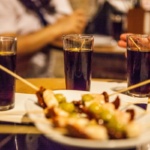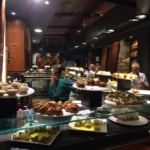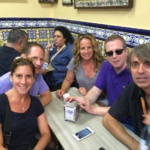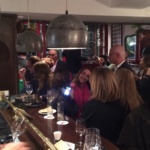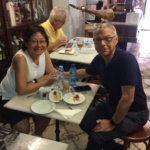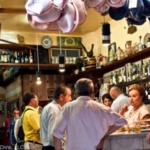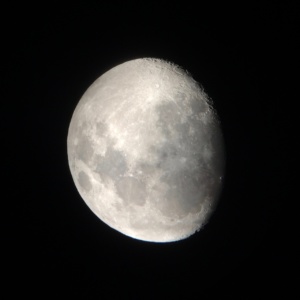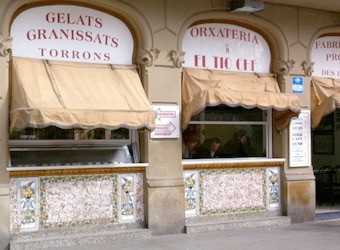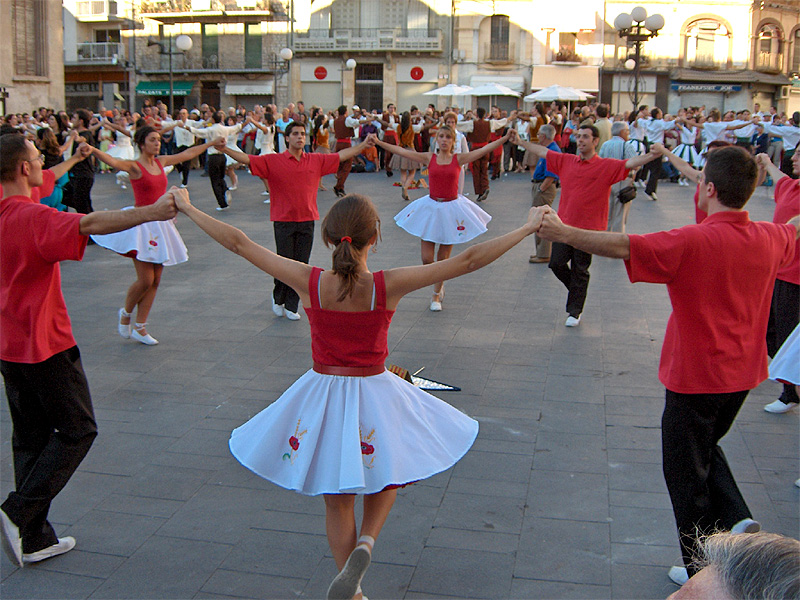Barcelona is waiting for you!!!
https://barcelona365.info/wp-content/uploads/2020/06/PHOTO-2020-05-04-00-36-56.jpg 1024 719 Barcelona365 Barcelona365 https://barcelona365.info/wp-content/uploads/2020/06/PHOTO-2020-05-04-00-36-56.jpgWhile Covid-19 virus has put a stop to our normal lives, these are some places that I want to show you. They–and others–are part of our culture, traditions and monuments to be visited. We hope that you’ll be able to see them in person pretty soon!
————————–
When you have chosen to visit Barcelona and Catalonia a question arises: and what I am going to see? in this video you have my choice:
Sharing the streets, usually plenty of life, you will see sculptures that links with the recent story of the city; “the Cat” by Fernando Botero; Sant George, patron Saint of Catalonia, killing the dragon; the Goddess by Josep Clarà heats Catalonia Square, the center of Barcelona, and beginning of the elegant boulevard Passeig de Gràcia; by the Olympic games, Roy Lichtensteinpresented us “the face of Barcelona” in his Pop-Art style.
Famous painters have left their print in Catalonia: Salvador Dalí was born and died in Figueres; Joan Miro was born in Barcelona and although Pablo Picasso was born in Malaga (south of Spain), he said that everything started in Barcelona!!!
Catalonia is a welcoming land, chosen by many visitators as its homeland, they have become one of us, they have brought their culture too; as the Flamenco dance, but the Sardana is the original dance of Catalonia. We say that la Sardana is the most beautiful dance of all dances that are done and undone. Maybe it is the unique one that is done and undone; anyway, it is danced in a circle and everyone is accepted.
Of course, in Barcelona you won’t miss the masterpieces of Gaudí: Sagrada Familia, Batlló House or Park Güell. But in our art museums you will admire from the Romanesque frescos that from the Pyrenees mountains were recovered 100 years ago to the modern art such as Ramon Casas.
Not so far from Barcelona, our lady, the Black Madonna of Montserrat watch the mountain; she is the patroness Saint of Catalonia and our devotion for her goes back to 1000 years ago, even Christopher Columbus visited her before his second trip. Caravaggio wasn’t in Montserrat, for sure, but in its museum a Saint Jerome by Caravaggio is exhibit.
We will get our Art and City back and when that time comes, I will be here waiting for you.
